Looking for the best mirrorless camera you can buy? Whatever your expectations, our list of the finest models around includes something to suit every photographer – and we’ve tested all of them.
Why choose mirrorless over DSLR? While both formats have their advantages, mirrorless cameras combine the latest features with cutting-edge performance in compact, portable packages. With the speediest autofocus around and the latest sensors, these cameras deliver superb, smartphone-beating results.
Whether you’re a newbie on a tight budget or an enthusiast ready to make a major investment, this buying guide covers the finest mirrorless models on the market right now.
A number of exciting new options are due to launch this year, including the full-frame Canon EOS R5 the more affordable Canon EOS R6. The R5 could prove to be a game-changing powerhouse, promising full-width 8K/30p video, in-body image stabilization and Dual Pixel autofocus in all video modes. But it’s likely to be very pricey and it's not yet clear how its launch will be affected by the global pandemic.
For the timebeing, our top overall pick remains the Nikon Z6, a small, lightweight full-frame offering that delivers excellent image quality and fantastic handling. It’s an outstanding package and, with prices falling, probably the perfect full-frame mirrorless camera for most people.
That said, there might be a different option better suited to your specific requirements – so be sure to check the full list below to find out.
Best mirrorless cameras 2020 at a glance:
- Nikon Z6
- Fujifilm X-T4
- Sony Alpha A7 III
- Fujifilm X-T30
- Sony A6100
- Nikon Z50
- Sony Alpha A7R IV
- Panasonic Lumix S1R
- Canon EOS RP
- Olympus E-M1 Mark III
- Panasonic Lumix G9
- Canon EOS M6 Mark II

The best mirrorless cameras 2020:
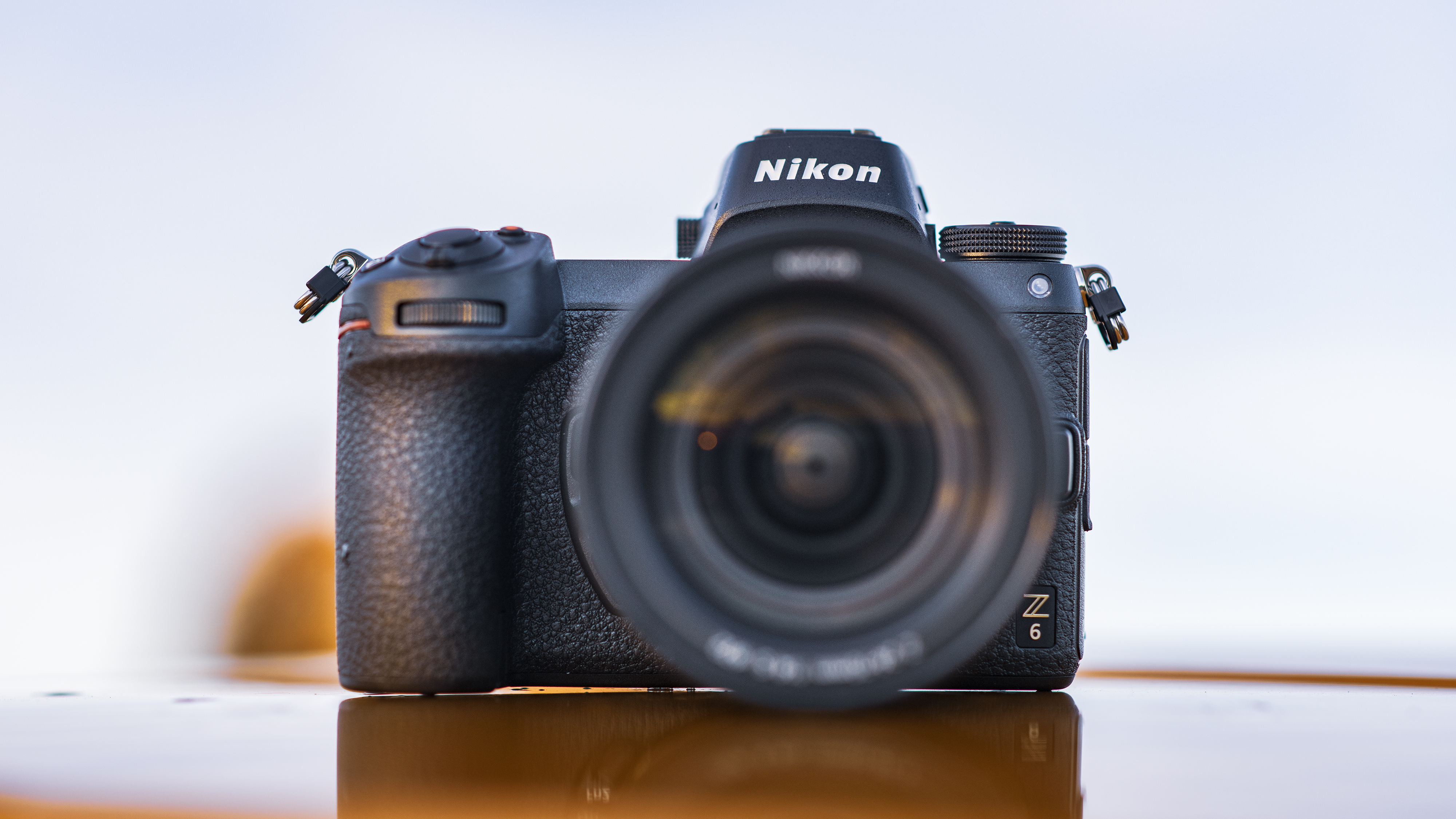
1. Nikon Z6
This is the best all-round mirrorless camera you can buy right now
Sensor size: Full-frame | Resolution: 24.5MP | Viewfinder: 3,690K dots | Monitor: 3.2-inch tilt-angle touchscreen, 2,100K dots | Autofocus: 273-point AF | Maximum continuous shooting rate: 12fps | Movies: 4K at 30p | User level: Intermediate/expert
Sony may have got to the full-frame mirrorless market before the likes of Canon, Nikon and Panasonic, but now that all four are active in the sector, the playing field is starting to level a little. And our nod right now goes to Nikon's Z6, which combines a sound 24.5MP sensor with a super-sharp 3.69 million dot EVF and lovely 4K video into a compact shell. The beefy grip makes for great handling while the FTZ adapter that's either bundled with the camera or available separately means you can carry on using hundreds of F-mount lenses, with autofocus and auto-exposure maintained. It's not perfect, but a recent firmware update gave it a nice boost – and now that its price has fallen some way it's even more accessible than ever. We love it.
- Read our in-depth Nikon Z6 review

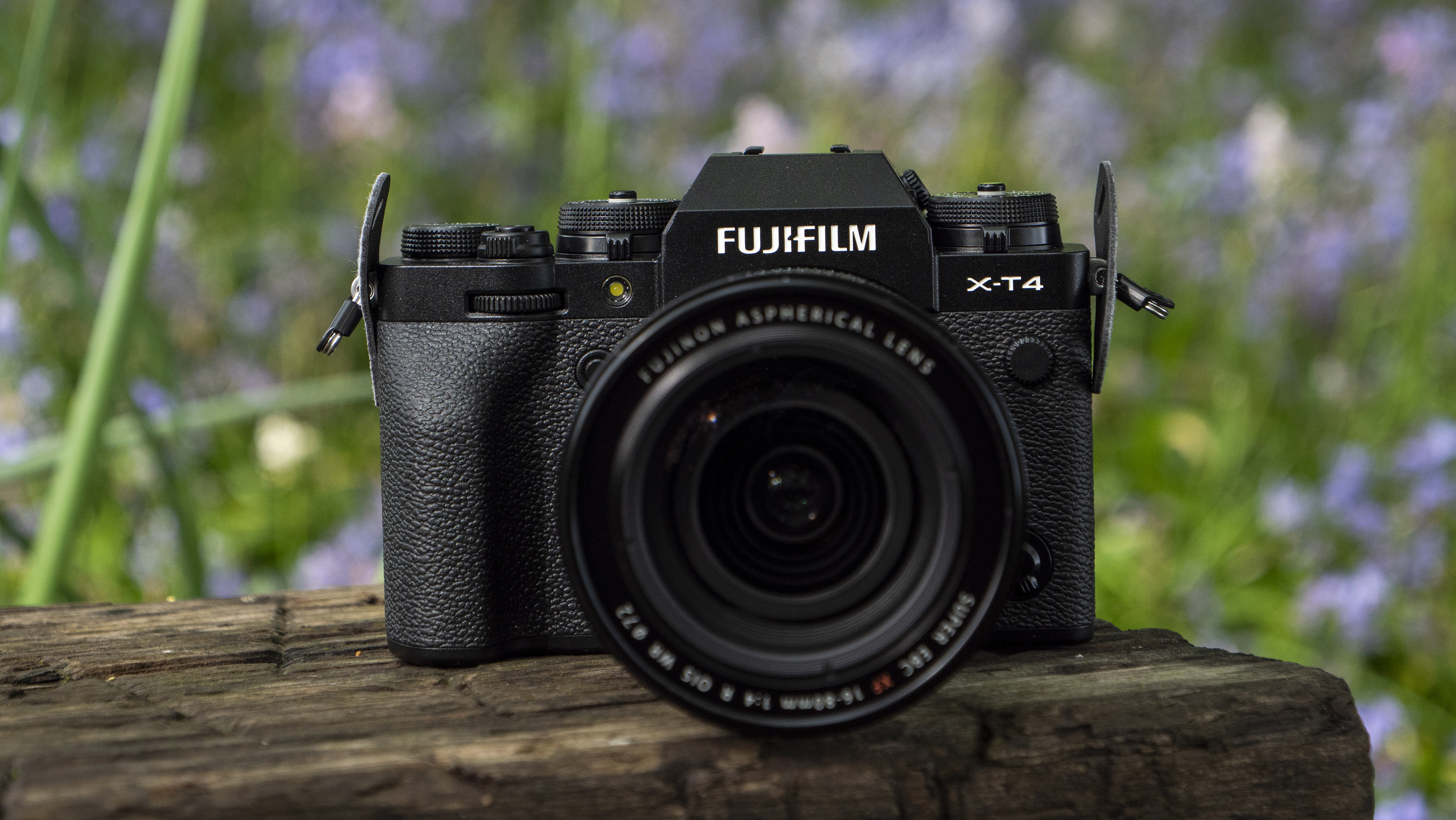
2. Fujifilm X-T4
A superb all-rounder that's as capable as it is desirable
Sensor size: APS-C | Resolution: 26.1MP | Viewfinder: 3,690K dots | Monitor: 3.0-inch vari-angle touchscreen, 1,620K dots | Autofocus: 425-point AF | Maximum continuous shooting rate: 15fps (30fps electronic shutter) | Movies: 4K at 60p | User level: Intermediate/expert
Looking for a mirrorless camera that's equally comfortable shooting both great stills and 4K video? Few cameras do this better than the Fujifilm X-T4. The best APS-C camera so far, it offers a great blend of great build quality, a fun shooting experience, and class-leading image quality. We were already fans of the Fujifilm X-T3, which remains on sale is worth considering if you mainly shoot stills. But the X-T4 takes the series to new heights thanks to the inclusion of in-body image stabilization (IBIS), a new battery, and a new, quieter shutter. We'd have liked a slightly deeper grip and the IBIS system isn't quite up to Olympus standards, but it's a big bonus for both shooting both stills and video, and it tops off a brilliant all-rounder that now has an excellent range of lenses.
- Read our in-depth Fujifilm X-T4 review

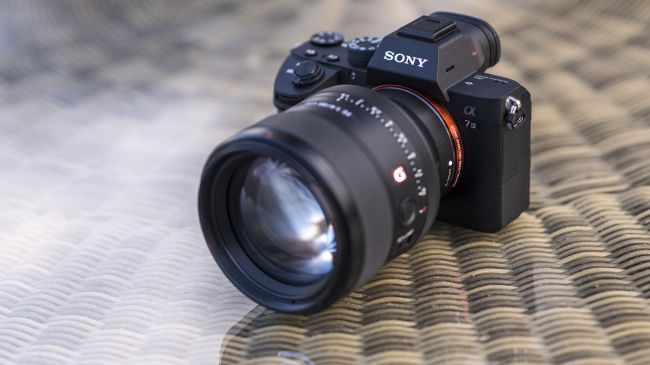
3. Sony Alpha A7 III
Not new, but massively popular for good reason
Sensor size: Full-frame | Resolution: 24.2MP | Viewfinder: 2,359K dots | Monitor: 3.0-inch tilt-angle touchscreen, 921K dots | Autofocus: 693-point AF | Maximum continuous shooting rate: 10fps | Movies: 4K at 30p | User level: Intermediate/expert
The Alpha A7 III may sit on the bottom rung of Sony's full-frame mirrorless camera range, its siblings being the pricier A7S II and A7R III, but it should no longer be seen as the poor relation to its pricier siblings. This is a brilliant choice for the enthusiast photographer or pro, and when you look at the specification, it's easy to see why. Sony has taken some of the best bits from its flagship Alpha A9 and A7R III cameras, and distilled them into a single camera that offers a fantastic mix of performance and image quality. The full-frame 24.2MP sensor is excellent in a range of lighting conditions, while the advanced 693-point AF looks set to get even better with a firmware upgrade in April. This is one advanced camera that's at a great price considering the features and performance on offer.
- Read our in-depth Sony Alpha A7 III review

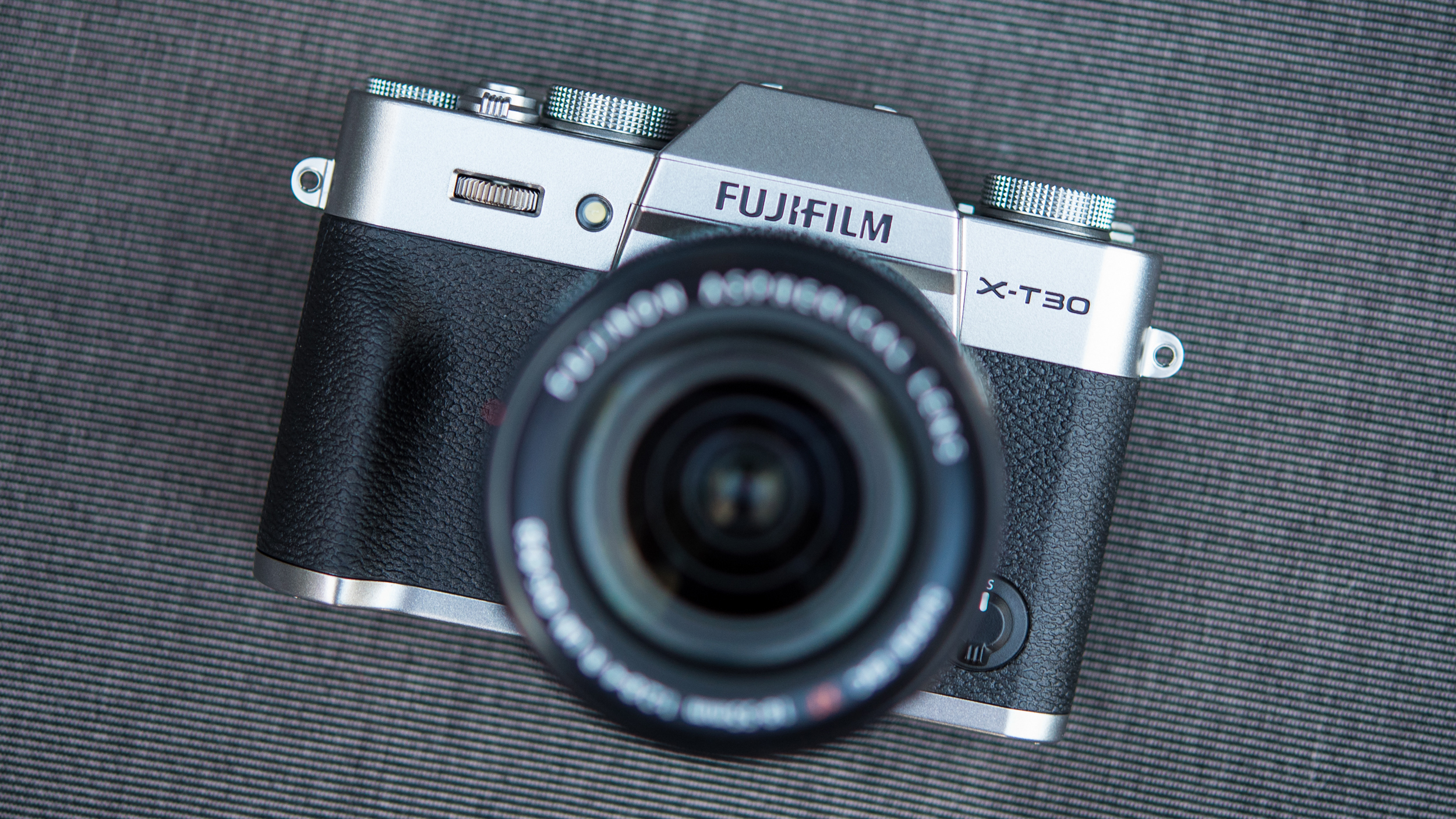
4. Fujifilm X-T30
Great stills, cracking video and beautiful design – the X-T30 is a little gem
Sensor size: APS-C | Resolution: 26.1MP | Viewfinder: 2,360K dots | Monitor: 3.0-inch tilt-angle touchscreen display, 1,040K dots | Autofocus: 425-point AF | Maximum continuous shooting rate: 8fps | Movies: 4K at 30p | User level: Intermediate
This little gem remains our favorite small, powerful mirrorless camera. While we're big fans of its bigger brother, the X-T4 (position number 2), this model's combination of travel-friendly size and impressive performance make it a fantastic choice for those who need something a little less bulky. It's no longer brand new, given it launched in February 2019, and there are whispers that a X-T40 could be arrive later in the year or in early 2021. But the flipside to its age is that you can pick it up for some excellent prices, and it remains a very modern camera with few weaknesses. You get the same 26.1MP APS-C sensor and processing engine as the Fujifilm X-T3, making it suitable for everything from sports snapping to landscape photography. This is helped by a phase-detect AF system that covers almost the entire frame, plus the usual range of Fujifilm's excellent Film Simulation modes, which subtly ape the company's old film looks. It's a fantastic, charming little all-rounder.
- Read our in-depth Fujifilm X-T30 review

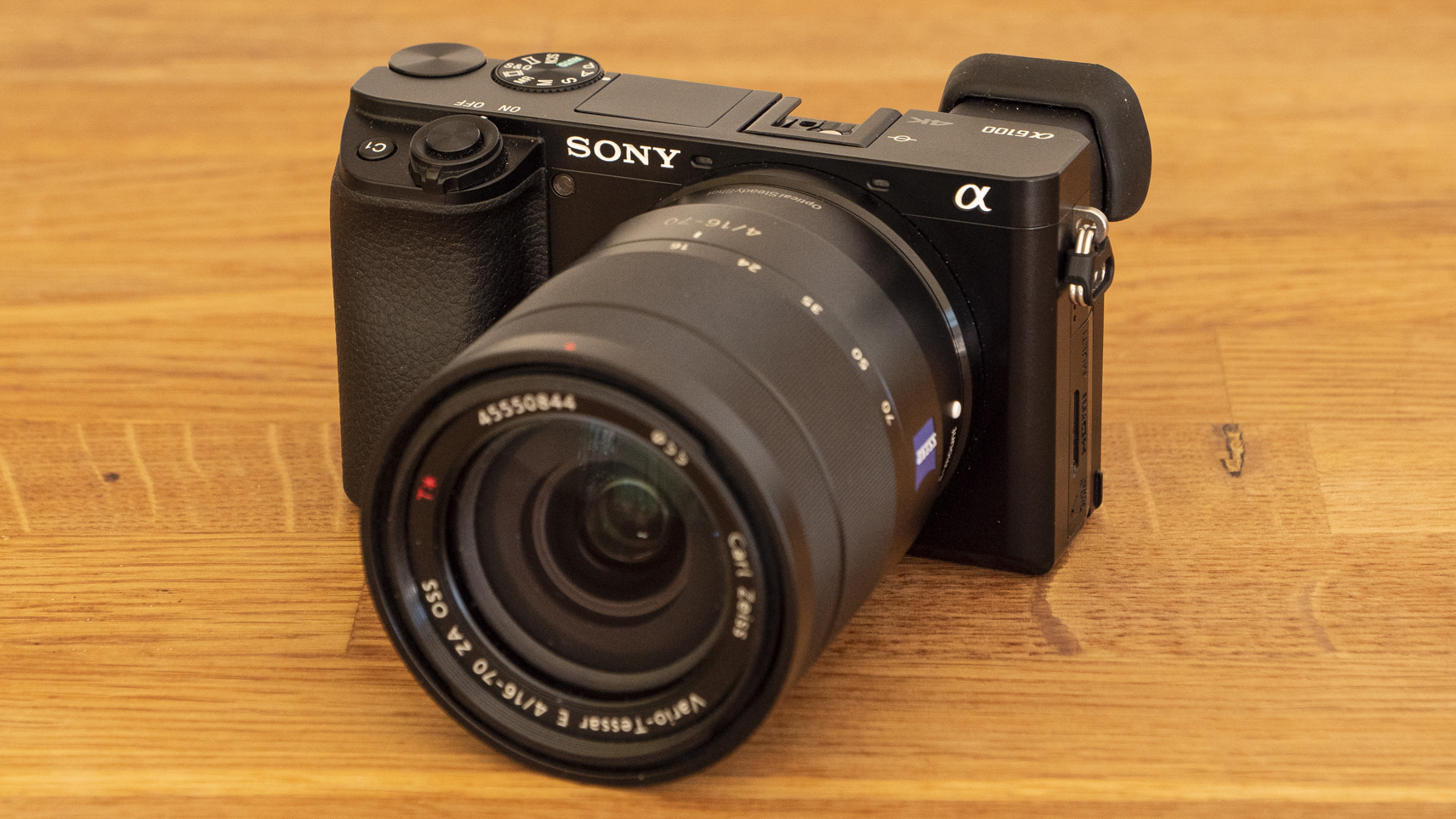
5. Sony A6100
A brilliant beginner pick that’s perfect for point-and-shooters
Sensor size: APS-C CMOS | Resolution: 24.2MP | Viewfinder: 0.39-inch EVF, 1.44 million dots | Monitor: 2.95-inch tilt-angle touchscreen, 921,600 dots | Autofocus: 425-point hybrid AF | Maximum continuous shooting rate: 11fps | Movies: 4K at 30fps | User level: Beginner
The Sony A6000 remains a popular mirrorless camera for beginners, but five years after its launch the A6100 brings its skills up to date in a familiar but more capable package. Borrowing an APS-C sensor from Sony’s premium mirrorless cameras, the A6100 also deploys the flagship A6600’s autofocus system to deliver outstanding continuous tracking capability that’s rapid and reliable for both stills and video. Image quality is as expected, with good detail and decent colors (though a neutral profile would be welcome), while battery life is solid and the tilting screen is now touch-sensitive – albeit with limited functionality. Not everything has changed, mind: the LCD and EVF both remain relatively low-res and maximum burst is still 11fps, while buffering performance can sometimes stumble. So it’s not perfect and unlocking its full potential can take time, but the A6100 is certainly a superb all-rounder that should follow in the footsteps of its best-selling forebear.
- Read our in-depth Sony A6100 review

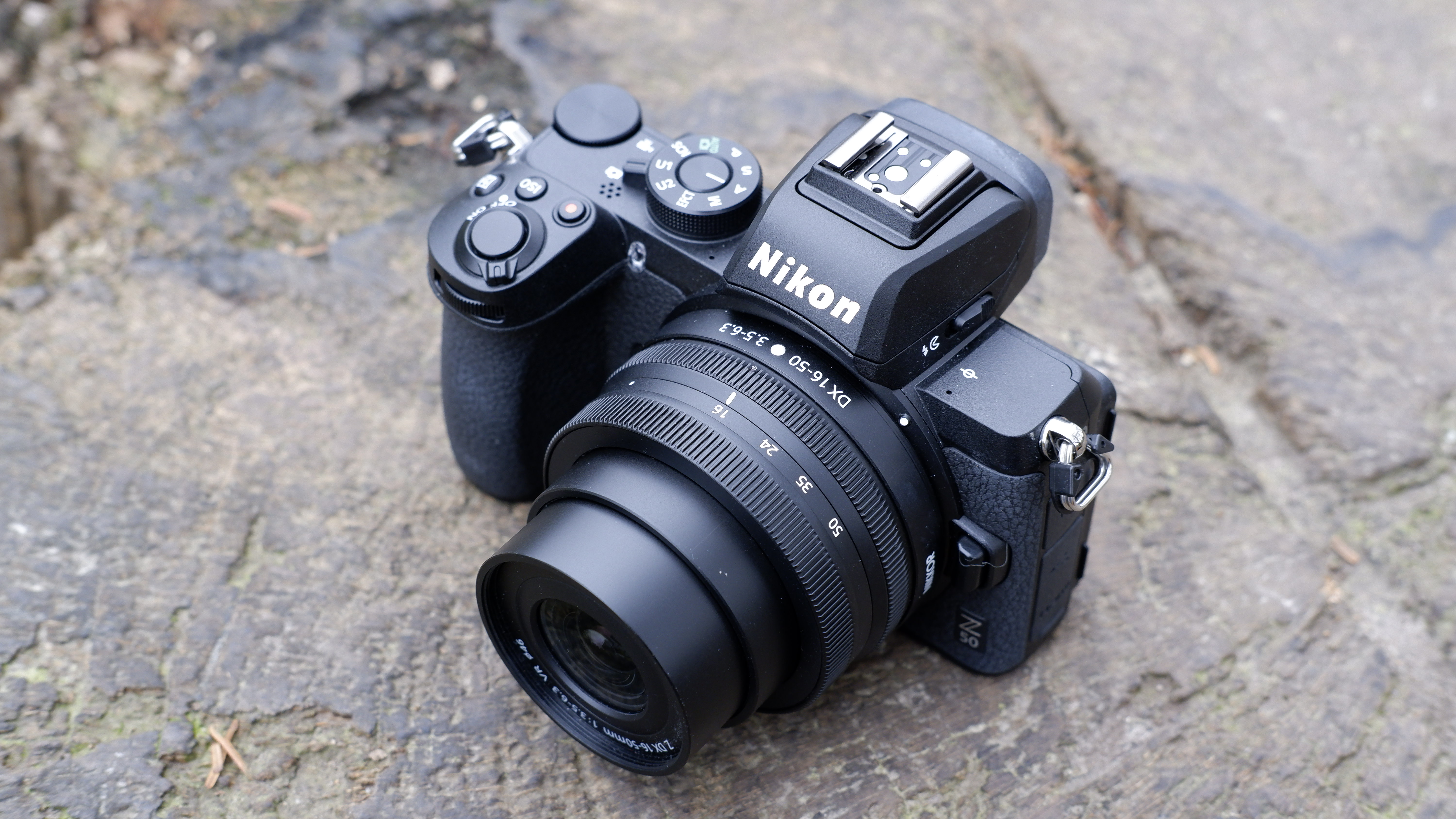
6. Nikon Z50
Great handling makes this a fine choice Nikon DSLR switchers
Sensor size: APS-C CMOS | Resolution: 20.9MP | Viewfinder: 0.39-inch EVF, 2.36 million dots | Monitor: 3.2-inch tilt-angle touchscreen, 1.04 million dots | Autofocus: 209-point AF | Maximum continuous shooting rate: 11fps | Movies: 4K (UHD) at 30fps | User level: Intermediate/expert
Nikon’s first foray into the mid-range mirrorless market, the Z50 proves a strong debut. Despite the smaller APS-C sensor, Nikon hasn’t tried to shrink the Z50 too much, instead paying great attention to form and handling. The result is a mirrorless camera that, though still more compact than a DSLR, packs a generous grip which is lovely to hold. Its high-resolution viewfinder and tilting touchscreen are impressive, while 4K video and reliable autofocus (using the same hybrid system as the Nikon Z6) complete a great value package. The Z50 uses SD cards rather than the more expensive XQD format, though the single slot is only compatible with slower UHS-I cards, which limits its continuous shooting speeds. Perhaps the biggest challenge the Z50 faces is the limited native lens range, but this will surely grow – and the twin-lens kit is a versatile buy. For those looking to move from a Nikon DSLR to mirrorless, the Z50 is a great choice.
- Read our in-depth Nikon Z50 review
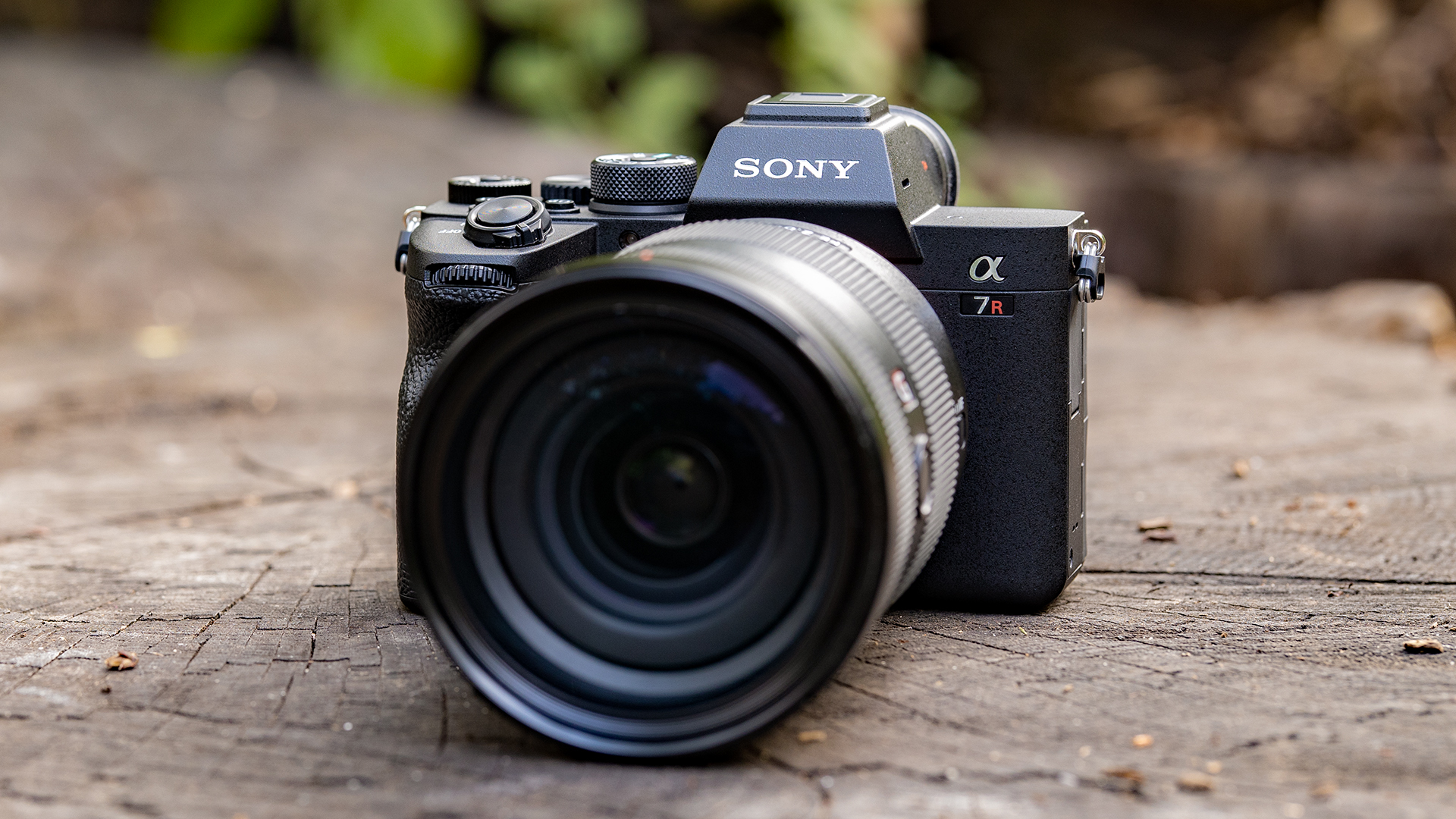
7. Sony A7R IV
Sony's megapixel monster gets a major boost
Sensor size: Full-frame | Resolution: 61MP | Viewfinder: 5,760K dots | Monitor: 3-inch tilt-angle touchscreen, 21,400K dots | Autofocus: 567 PDAF + 425 CDAF | Maximum continuous shooting rate: 1fps | Movies: 4K at 30p | User level: Expert
Sony's A7R line of cameras has been all about resolution, and the A7R IV delivers a lot more of it than ever before. Its class-leading 61MP delivers an excellent level of detail, augmented by the impressive Pixel Shift Multi Shooting mode. An update to the autofocus system has made it faster and smarter, with face- and eye-detect AF working amazingly well – but with Sony at the helm, there was no doubt about that. The camera body is now even more sturdy and better equipped to handle the worst of the elements while out on field, while the deeper grip makes it comfortable to use over long periods of time. Although the addition of top plate command dial makes the mode dial a little harder to access. And while the A7R series wasn't designed with videographers in mind, video quality here is excellent, even though the rolling shutter effect is an issue.
- Read our in-depth Sony Alpha A7R IV review


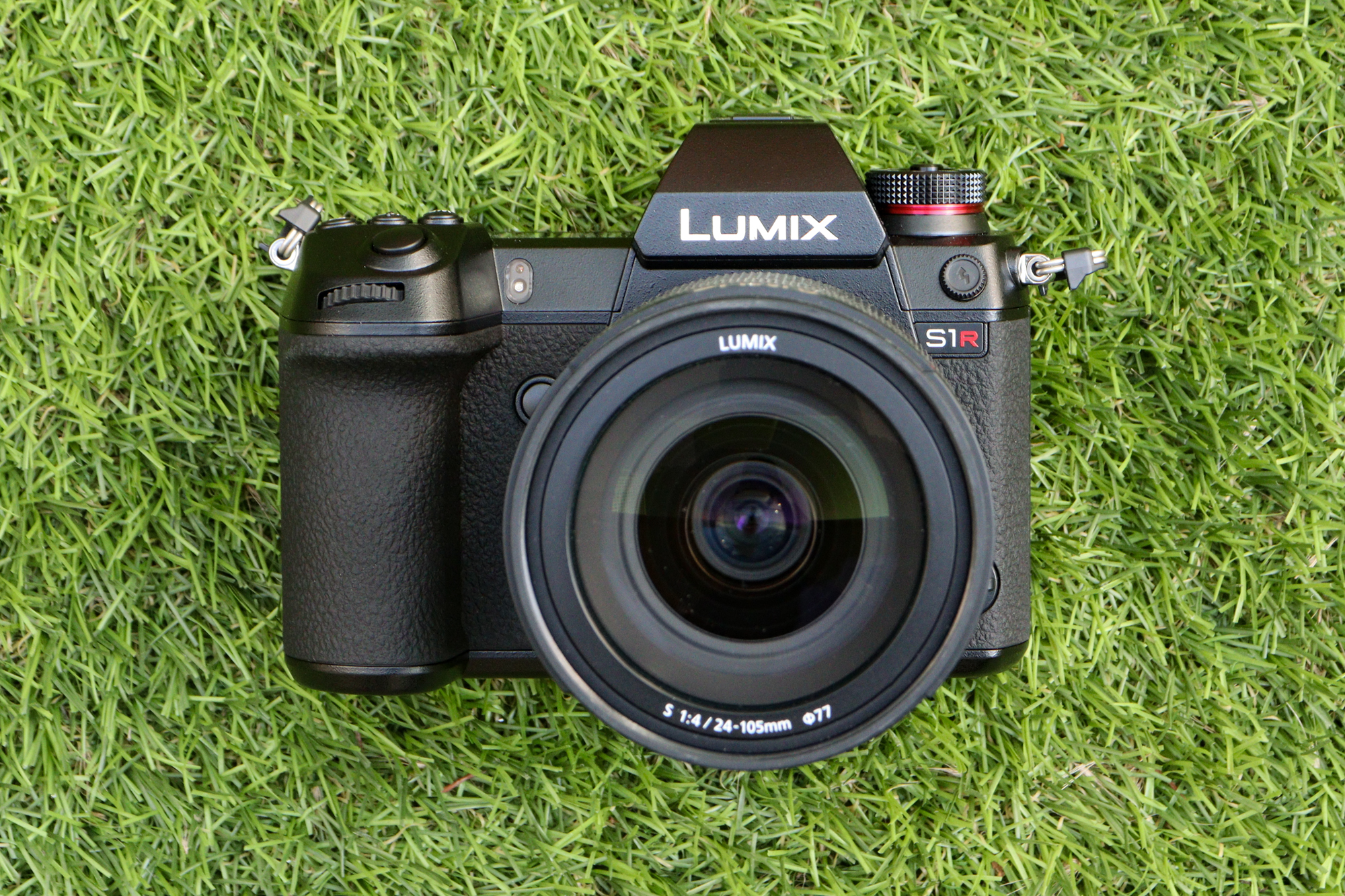
8. Panasonic Lumix S1R
This newcomer packs a few special tricks over its rivals
Sensor size: Full frame | Resolution: 47.3MP | Viewfinder: 5,760,000 dots | Monitor: 3.0-inch tri-axis tilt display, 2,100K dots | Autofocus: Contrast-detect AF | Maximum continuous shooting rate: 9fps | Movies: 4K | User level: Intermediate/professional
The S1R is the first of two camera's in Panasonic's S series, and it arrives with some mightily impressive technology. That 5.76million-dot viewfinder is streets ahead of the 3.69million-dot alternatives in rival bodies, while the rugged build, effective sensor-based stabilization and cracking 4K video show it to be a camera that excels in a wealth of areas. The 47.3MP full-frame sensor also manages to perform brilliantly in good light and bad, and the further option to output images at 187MP may seem a little crazy, but it opens up new possibilities for cropping and for macro work. We're very impressed.
- Read our in-depth Panasonic S1R review

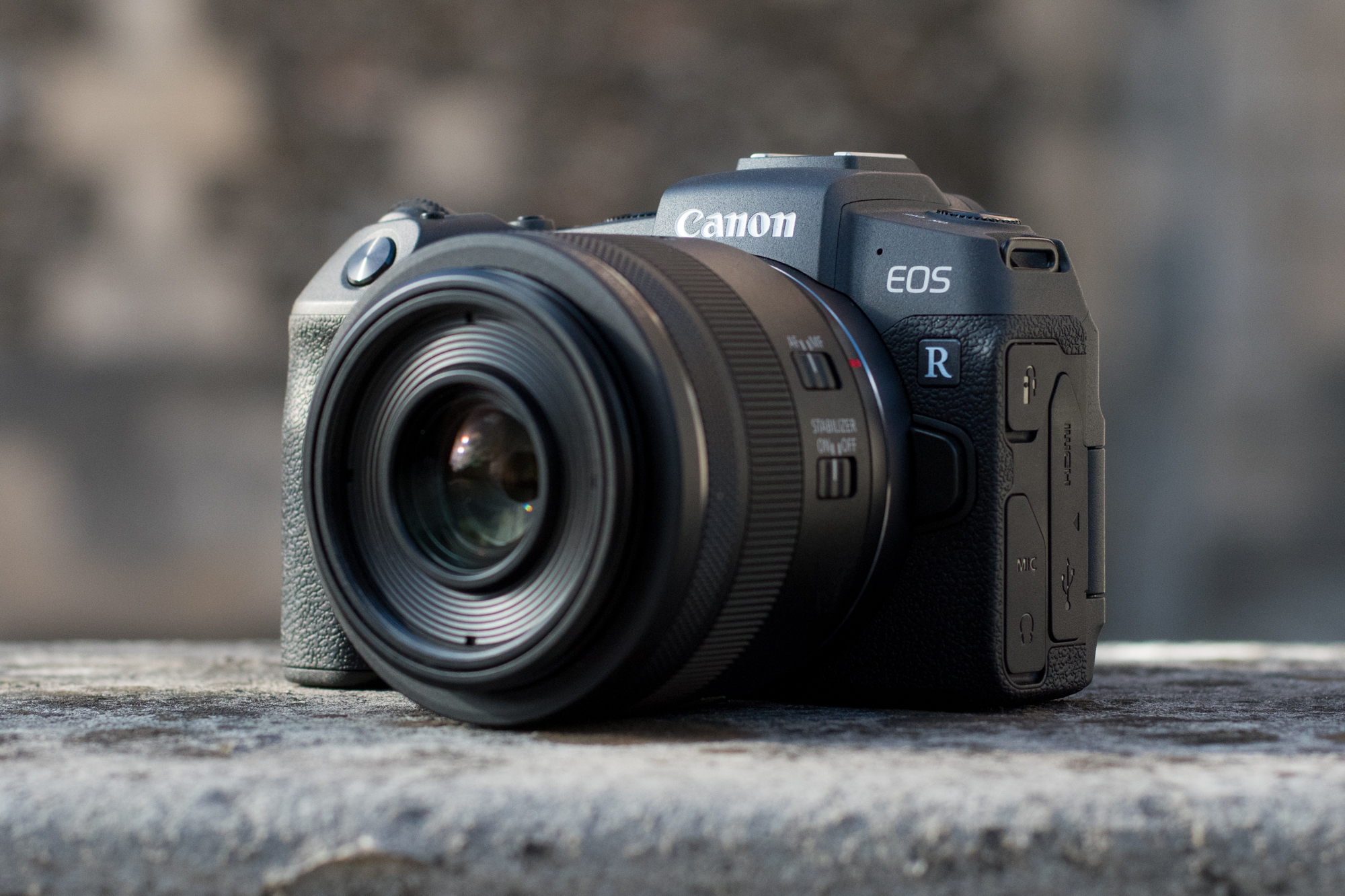
9. Canon EOS RP
The cheapest full-frame mirrorless camera around
Sensor: Full-frame CMOS | Megapixels: 26.2MP | Autofocus: 5,655-point AF | Screen type: 3-inch vari-angle touchscreen, 1,040,000 dots | Maximum continuous shooting speed: 5fps | Movies: 4K | User level: Enthusiast
Canon's first full-frame mirrorless camera, the EOS R, delighted in some ways and frustrated in others, but the EOS RP made a much more positive impression. While technically a more junior model and not as fully featured, its much smaller and lighter body, together with a far nicer price, means that it's far more accessible for those who were hoping to make the jump to mirrorless but didn't want to stretch all the way to the EOS R. Without only around 4MP difference between the two you're not really sacrificing much in terms of sensor resolution, while the responsive touchscreen, fast autofocus and deep buffer makes it a pleasure to use in all kinds of situations. And while the native lens range for the R mount are still limited, a lens mount adapter allows users already invested in Canon's ecosystem to use their existing EF lenses.
- Read our in-depth Canon EOS RP review

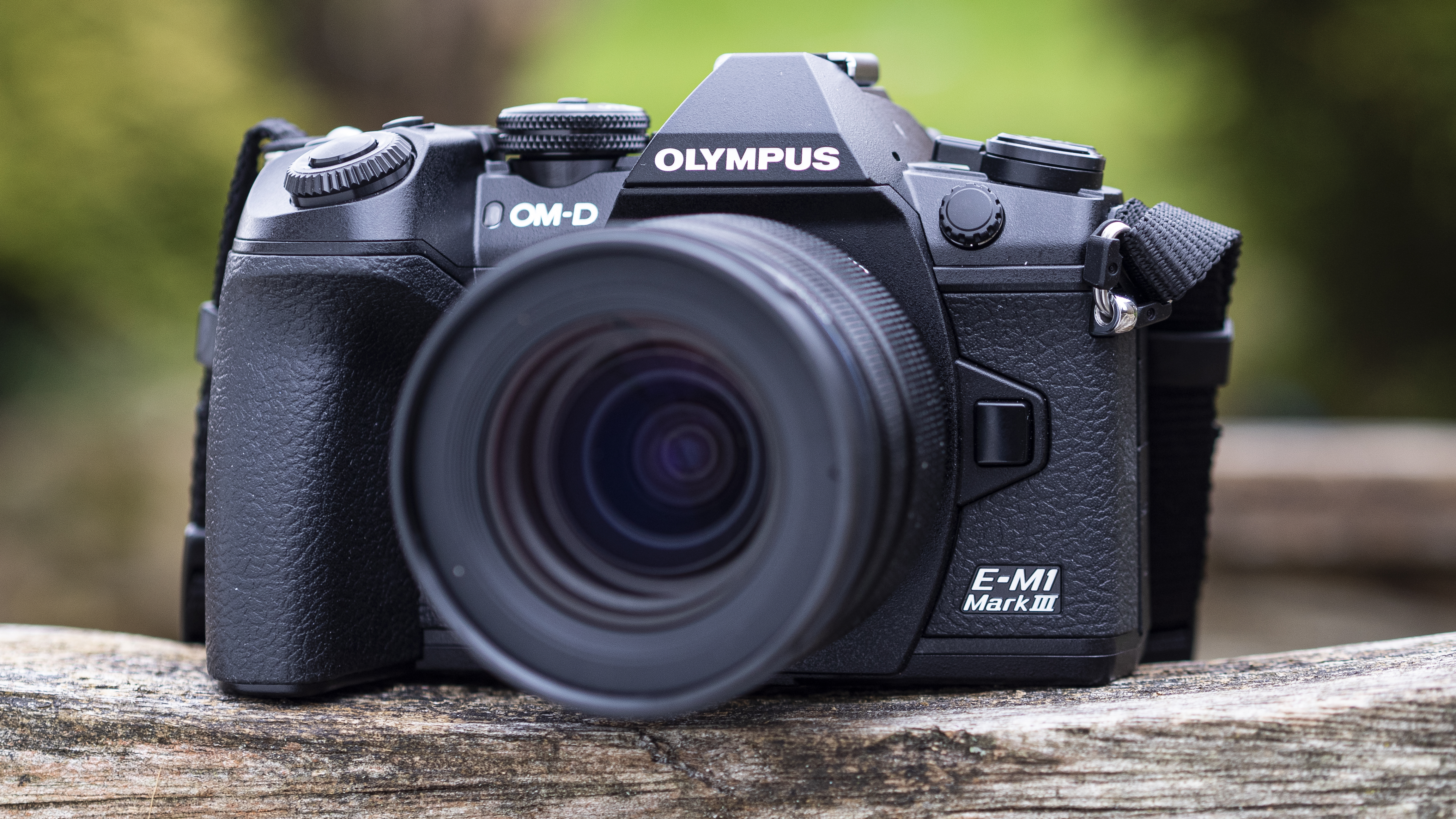
10. Olympus OM-D E-M1 Mark III
Third time even luckier for this upgraded favorite
Sensor size: Micro Four Thirds | Resolution: 20.4MP | Viewfinder: 2,360K dots | Monitor: 3.0-inch vari-angle touchscreen, 1,037K dots | Autofocus: 121-point AF | Maximum continuous shooting rate: 18fps | Movies: 4K at 30p | User level: Intermediate
The Olympus OM-D E-M1 Mark III is a very compelling package for both pros and enthusiast shooters. But now that Olympus has announced that it's selling its imaging division, should you consider buying an Olympus camera?
That will come down to how well the E-M1 Mark III's unique combination of features fits your shooting style. While there are obvious concerns about the future availability of servicing and repair, the E-M1 Mark III offers an impressive blend of speed and features that you simply can't find elsewhere. If those are important to you, it's certainly well worth considering – particularly if you routinely shoot handheld.
You get class-leading stabilization that lets you shoot handheld for several seconds, while the new TruePic IX processor ensures performance is lightning fast and reliable, with instant start-up and rapid 18fps silent shutter shooting with continuous AF.
Delve into the shooting options and you’ll struggle to find an end to the Mark III’s capabilities – from a Live ND setting that replicates a neutral-density filter to a Starry Sky AF mode for long exposures. There’s even a new setting for the High Res Shot mode which allows you to capture a 50MP photo handheld.
- Read our in-depth Olympus OM-D E-M1 Mark III review
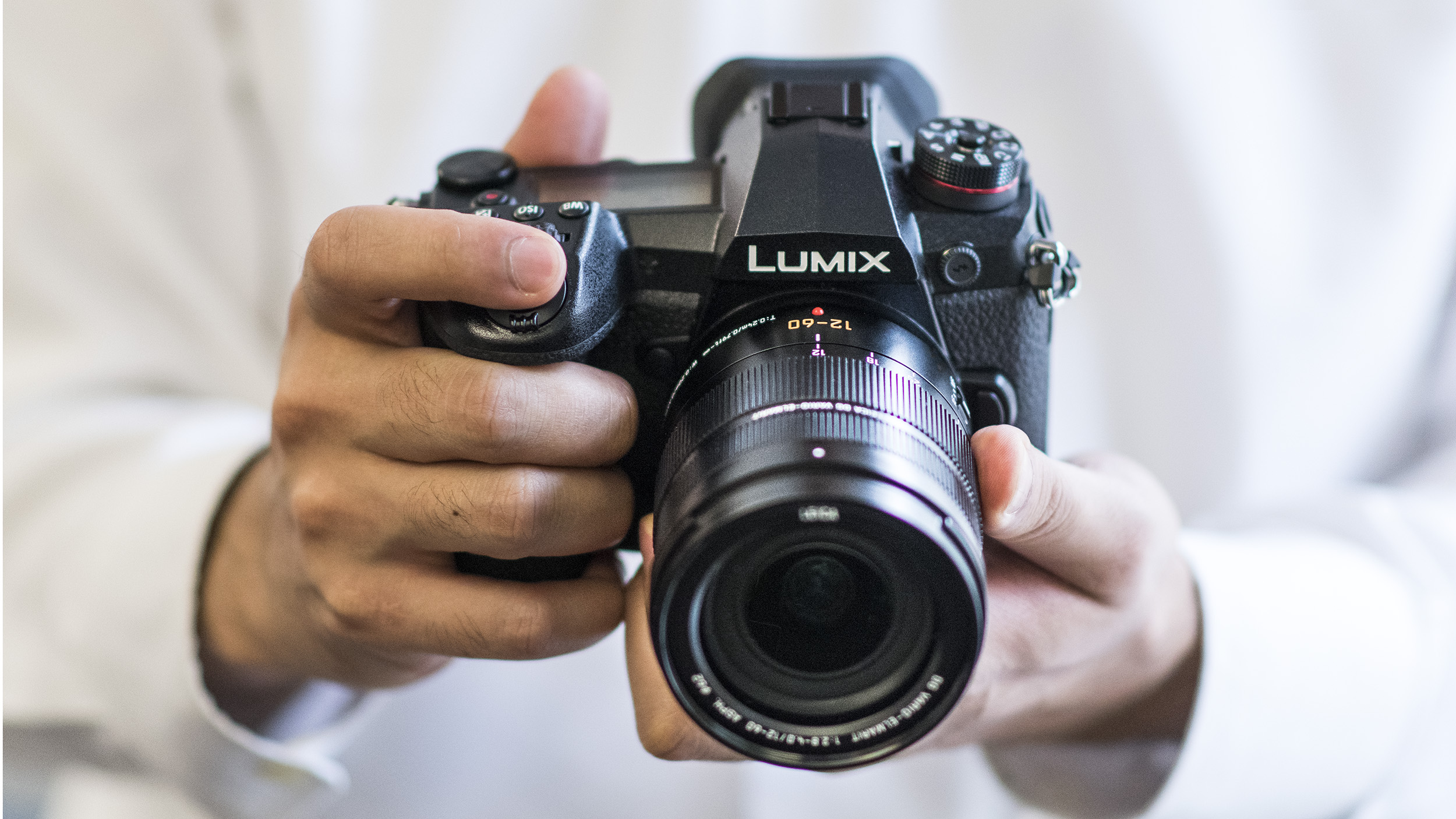
11. Panasonic Lumix G9
Uncompromized versatility
Sensor: Four Thirds Live MOS | Megapixels: 20.4MP | Autofocus: 225-area AF | Screen type: 3-inch vari-angle touchscreen, 1,040K dots | Maximum continuous shooting speed: 20fps | Movies: 4K at 60fps | User level: Enthusiast
It might not be as great for video as the Lumix GH5, but the G9 prioritizes stills. Like Olympus OM-D E-M1X listed above, the smaller MFT sensor size is made up for by a camera that is packed full of features. Its high resolution combines eight images into a single 80MP photograph, while its amazing image stabilization allows you to shoot handheld for about a second with sharp results. Throw in 60fps shooting, polished handling and a wealth of advanced features and the Lumix G9 is a brilliant all-round mirrorless camera.
- Read our in-depth Panasonic Lumix G9 review

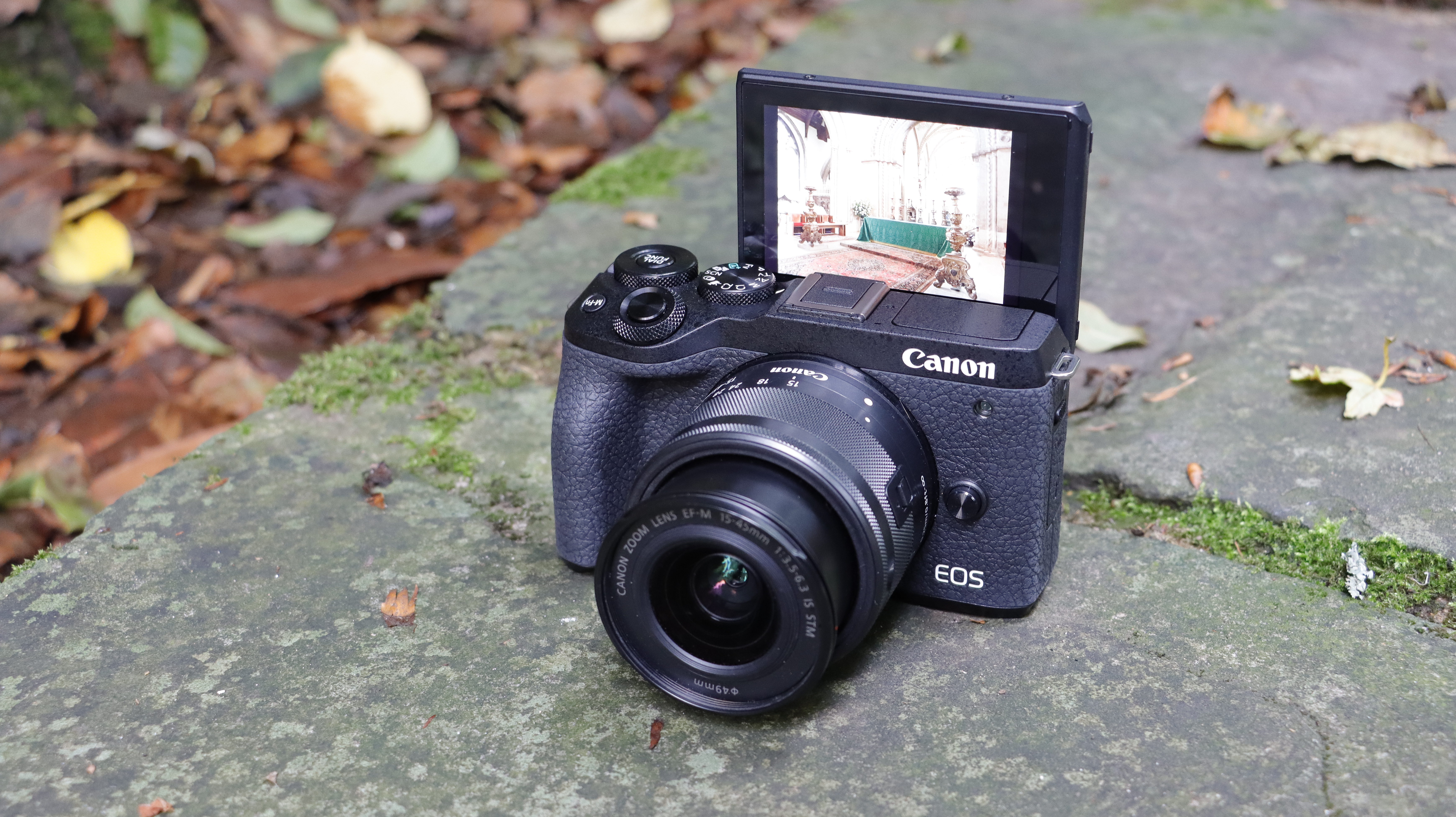
12. Canon EOS M6 Mark II
An excellent video camera to take on your travels
Sensor size: APS-C | Resolution: 32.5MP | Viewfinder: Not inbuilt | Monitor: 3.0-inch tilt-up touchscreen, 1,040K dots | Autofocus: 143-point AF | Maximum continuous shooting speed: 14fps | Movie resolution: 4K/30p | User level: Beginner/enthusiast
Just because this little snapper doesn't have a built-in viewfinder, doesn't mean you can dismiss it out of hand. It more than makes up for it in its specifications list. It compact size and light weight makes it one of the best traveling companions you can get, and its 32.5MP sensor captures excellent images at 14fps. Color reproduction has always been Canon's strong suit and you won't hear us complain here. You won't find built-in image stablilization, but as long as you're aware of that you can compensate for it. You will, however, need to contend with the idea that there are limited lenses for the M-series of snappers but you can use EF and EF-S lenses via an adapter. Just steer clear of the bigger lenses as they will unbalance this tiny package.
- Read our in-depth Canon EOS M6 Mark II review

Also consider:
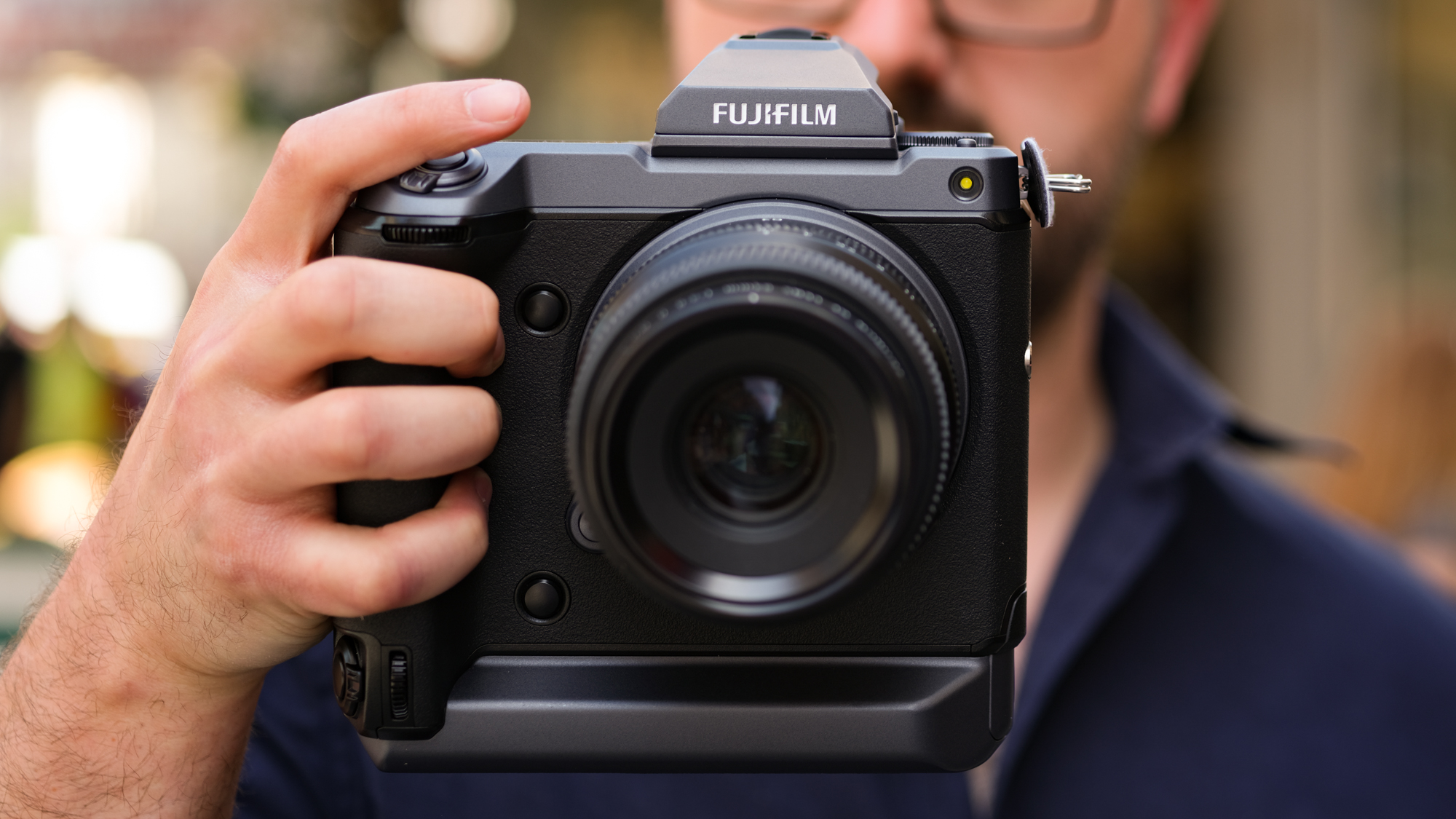
Fujifilm GFX 100
If money is no object, grab this megapixel monster
Sensor size: Medium format | Resolution: 102MP | Viewfinder: 5,760,000 dots | Monitor: 3.2-inch three-direction tilt display, 2,360K dots | Autofocus: Hybrid AF | Maximum continuous shooting rate: 5fps | Movies: 4K | User level: Professional
The GFX 100 outguns every other model in the list for native resolution, and while it has a lofty price tag to match its beefy body, it's arguably in a league of its own right now. While it's not the only camera capable of outputting images this detailed, it's the fact that it does it as standard rather than through any trickery or need to use a tripod like many others that makes it special. Throw in a very competent autofocus system, sensor-based image stabilization, strong 4K video and the best EVF we've seen so far, and you have one supremely versatile camera. Sure, none of us can afford one, but Fujifilm deserves high praise for delivering this kind of performance at a price well below that of other high-resolution medium format cameras.

Mirrorless or DSLR: what's the difference?
Mirrorless cameras allow you to swap and change lenses like on a DSLR, but because the mirror that you normally find inside a DSLR has been removed, the camera can be made much more compact.
No mirror means that instead of optical viewfinders to frame your subject, mirrorless cameras rely on electronic viewfinders. Be aware, though, that most cheaper mirrorless cameras don't come with viewfinders at all – instead, you compose the photo on the rear screen, just as you do with most compact cameras or smartphones.
This is a boon in terms of keeping size and cost down, but if you're looking to start taking your photography seriously then a viewfinder is nigh-on essential. This is because it lets you compose photos in all conditions, even sunny ones that can render a rear screen useless.
You'll find that mirrorless cameras are also known as compact system cameras (or CSCs for short), with models ranging from the simple to use beginner models to sophisticated full-frame monsters that rival the very best DSLRs out there.
- Best Sony cameras 2020: 10 top models
- Best Nikon camera 2020: 10 great options
- Best Canon camera 2020: 10 brilliant buys
Why are mirrorless cameras better?
Is a mirrorless camera better than a DSLR then? There are still quite a few pros and cons to both designs, so if you want to find out more, read this: Mirrorless vs DSLR cameras: 10 key differences.
Mirrorless cameras certainly offer more choice. If you're looking to buy a DSLR, there's only really two main players in the shape of Canon and Nikon. If you opt for a mirrorless camera, the choice is much broader, with the likes of Canon, Panasonic, Fujifilm, Sony, Olympus and Leica all offering a wide range of cameras to suit most budgets.
Right now, every major camera manufacturer has something to shout about, and their latest models are different enough from their rivals to stand out in some way.
While it would be very easy to select 10 high-end models to make up our pick of the best mirrorless camera, we've tried to pick out some more affordable options as well. These models might not be dripping with features, but they represent great options for new users and those on a budget. That said, if you're looking specifically for a budget mirrorless camera, take a look at our best mirrorless camera for beginners buying guide.
So whether you're after a better camera than the one featured on your smartphone or are looking for an advanced, high-end model to push your creativity even further, read on to find out what are the best mirrorless cameras you can buy right now.
from TechRadar: Photography & video capture news https://ift.tt/2K8Icyh
via IFTTT






0 kommenttia:
Lähetä kommentti